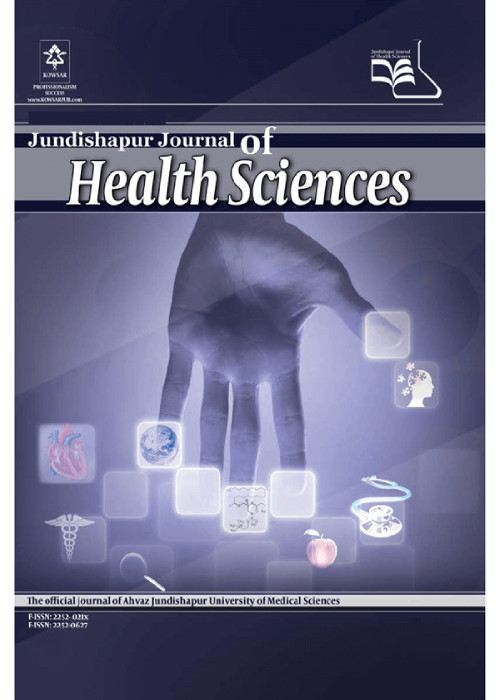An Investigation of the Prevalence and the Causes of Overweightness and Obesity Among Karkheh Dam Employees
Author(s):
Article Type:
Research/Original Article (دارای رتبه معتبر)
Abstract:
Background
Obesity is one of the most important acquired and preventable risk factors for serious complications, such as fatty liver. Currently, due to sedentary nature of many jobs, shift working and improper diet, the risk of developing obesity among employees in occupational settings is a great concern. Periodic medical examination of employees is a major resource for taking preventive measures against the prevalence of work-related disorders.
Objectives
The aim of this study was to investigate the status of obesity and its predisposing occupational factors among employees of Karkheh dam and power plant and providing solutions to reduce the complications of obesity, such as blood lipids and fatty liver.
Methods
In this study, demographic and anthropometric data along with the results from medical examination were extracted from the employees' health records. Weight and height measurements were obtained using a weighbridge scale for determining body mass index (BMI). A frequency food questionnaire (FFQ) was used to measure the employees’ dietary intake. Chi-square and Kruskal-Wallis non-parametric tests were also employed to investigate the relationship between the indices.
Results
The results showed that 71.8% of employees were overweight and obese. Furthermore, 25.60% were shift workers, and 34.60% had performed jobs involving static work. According to the LDL, triglyceride and cholesterol levels, 37.2%, 51.3%, and 39.8% of employees were respectively at risk of developing serious illnesses. Based on the Chi-square test, there was a significant correlation between the BMI and the employees’ job (static or dynamic) (P value < 0.05). Likewise, there was a significant correlation between the level of triglyceride and BMI (P value > 0.05). There was also a notable relationship between employees’ BMI and consumption of fast food, soft drinks, fat and oil, sugar, and pastries and cakes (P value > 0.05).
Conclusions
It is evident that implementation of integrated programs, such as educational, motivational, and physical strategies along with promotion of healthy eating, will prevent BMI increase and incidence of fatty liver among employees.Keywords:
Language:
English
Published:
Jundishapur Journal of Health Sciences, Volume:10 Issue: 4, Oct 2018
Page:
2
magiran.com/p1919906
دانلود و مطالعه متن این مقاله با یکی از روشهای زیر امکان پذیر است:
اشتراک شخصی
با عضویت و پرداخت آنلاین حق اشتراک یکساله به مبلغ 1,390,000ريال میتوانید 70 عنوان مطلب دانلود کنید!
اشتراک سازمانی
به کتابخانه دانشگاه یا محل کار خود پیشنهاد کنید تا اشتراک سازمانی این پایگاه را برای دسترسی نامحدود همه کاربران به متن مطالب تهیه نمایند!
توجه!
- حق عضویت دریافتی صرف حمایت از نشریات عضو و نگهداری، تکمیل و توسعه مگیران میشود.
- پرداخت حق اشتراک و دانلود مقالات اجازه بازنشر آن در سایر رسانههای چاپی و دیجیتال را به کاربر نمیدهد.
In order to view content subscription is required
Personal subscription
Subscribe magiran.com for 70 € euros via PayPal and download 70 articles during a year.
Organization subscription
Please contact us to subscribe your university or library for unlimited access!


